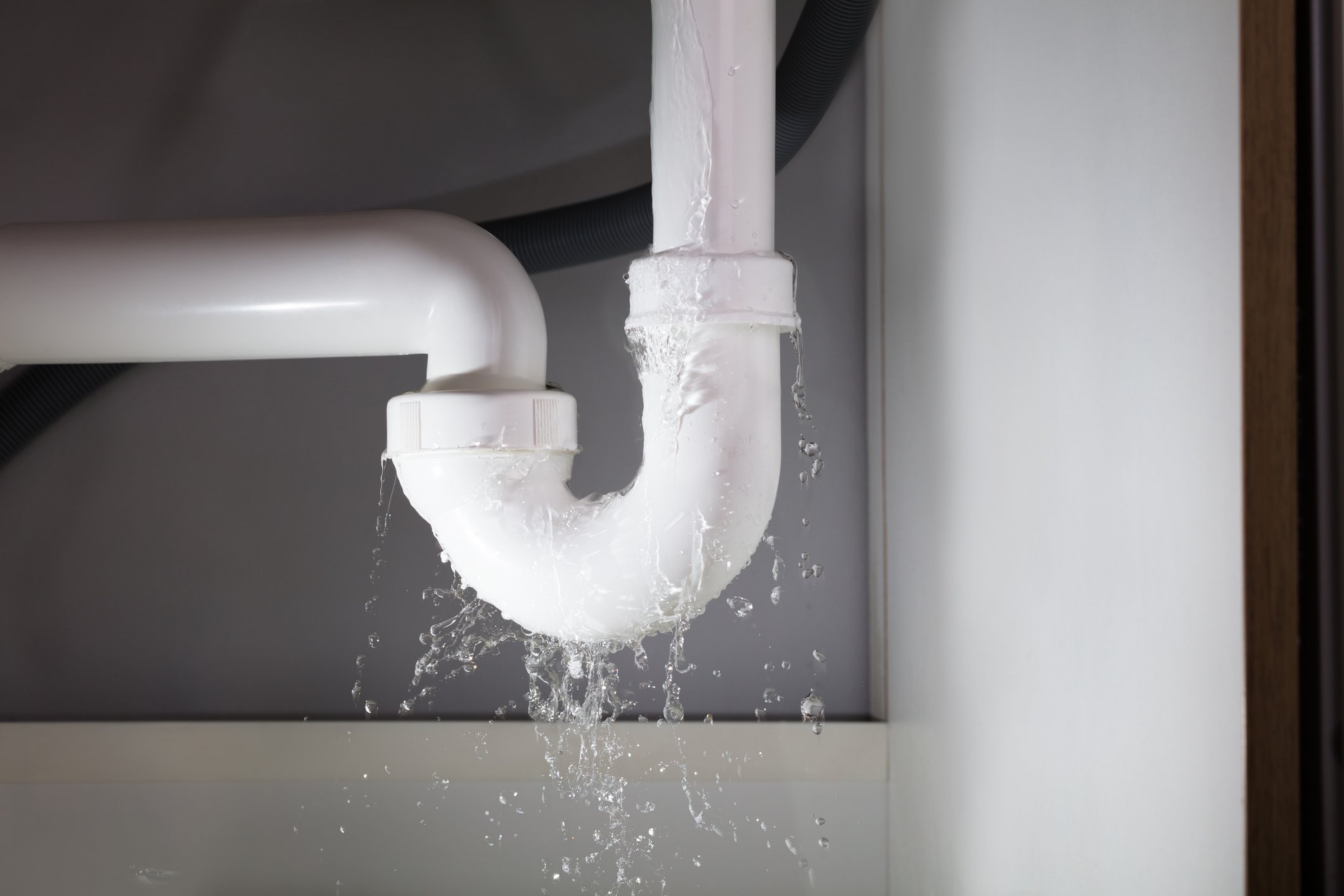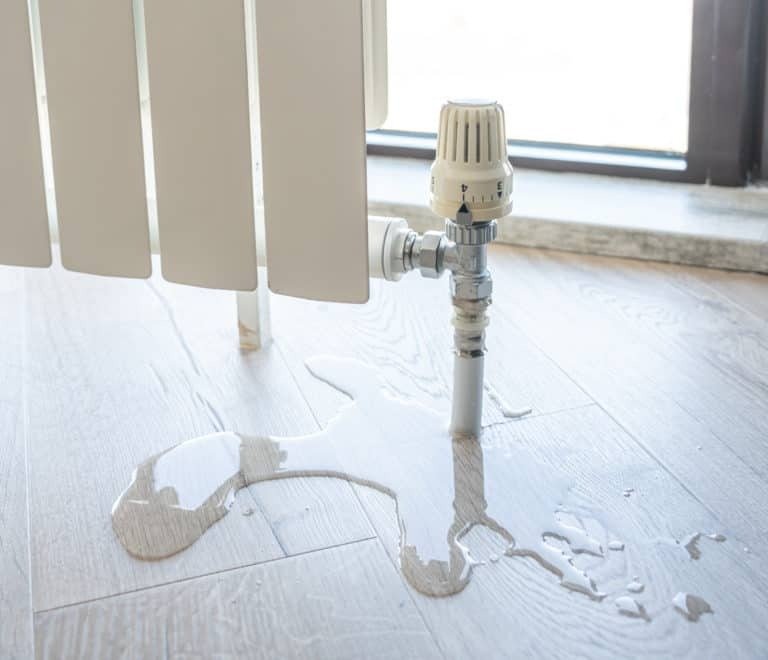We have stumbled on this post on How to Repair and Prevent Bathroom Water Damage? below on the web and accepted it made sense to talk about it with you here.

Water damage often occurs in the restroom because of the water made use of everyday. Occasionally, the damage could be a little mold from the shower. Other times, it's enormous damages on your floor. Whatever it is, it is always great to know the reason and also stop it before it happens.
This overview will undergo a few of the common causes of water damage in the shower room. We will certainly additionally examine what you can do to avoid these causes from damaging your bathroom. Let's dive in.
5 Typical Reasons For Water Damage in Shower Rooms
These are the typical reasons you would have water damage in your restrooms as well as how you can spot them:
Burst or Leaking Pipes
There are many pipelines bring water to various parts of your shower room. Some pipes take water to the bathroom, the sink, the taps, the shower, and also many various other areas. They crisscross the tiny area of the bathroom.
Occasionally, these pipelines could obtain rustic and also burst. Various other times, human action could create them to leak. When this happens, you'll find water in the edges of your restroom or on the wall surface.
To spot this, keep an eye out for gurgling walls, molds, or mold. Call an expert emergency situation plumbing technician to fix this when it occurs.
Cracks in your wall tilesv
Restroom wall tiles have actually been specifically made for that function. They shield the wall from wetness from people taking showers. Nonetheless, they are not indestructible.
In some cases, your washroom wall floor tiles split and also allow some dampness to permeate into the wall. This might potentially damage the wall if you do not take any type of activity. If you observe a crack on your wall surface tiles, repair it immediately. Don't wait up until it ruins your wall surface.
Overflowing commodes and sinks
As humans, sometimes we make blunders that could create some water damage in the restroom. For instance, leaving your sink tap on can cause overflowing as well as damages to other parts of the shower room with dampness.
Also, a defective toilet could create overruning. For instance, a damaged toilet deal with or other parts of the cistern. When this happens, it might damage the flooring.
As quickly as you observe an overflowing sink or toilet, call a plumbing to aid take care of it promptly.
Roof Leaks
Often, the problem of water damage to the shower room may not come from the restroom. For example, a roofing system leakage could create damage to the shower room ceiling. You can identify the damage done by checking out the water spots on the ceiling.
If you locate water stains on your ceiling, check the roofing system to see if it's damaged. After that, call a specialist to aid solve the problem.
Excess Moisture
It's awesome to have that long shower and dash water while you hem and haw and act like you're performing, however often these acts can create water damage to your washroom.
Sprinkling water around can create water to head to edges and also develop molds. See how you spread excess moisture around, and also when you do it, clean it up to prevent damages.
Verdict
Water damage to your bathroom can be aggravating. Nonetheless, you can manage it if you prevent several of the causes mentioned in this overview. Call a specialist emergency plumbing professional if you discover any type of serious damage.
Common Causes of Water Damage in a Bathroom
Water damage can appear virtually anywhere in your home, but bathrooms and basements are the two most common areas. It’s easier to spot causes and signs of water damage in an unfinished basement, but that doesn’t mean it’s any less severe to have water damage occur in your bathroom.
Spotting Signs of Bathroom Water Damage
The bathroom is probably the most common place where you’ll use water in your home. Because of this, there’s a relatively high risk of sustaining water damage. The longer water damage goes untreated, the worse it can get. Therefore, you need to know what signs to look for and deal with any damage as soon as possible.
There are often items like rugs, bottles, towels, and so on crammed in every corner of the typical bathroom, which can trap moisture and hide budding problems. But what usually causes the most water damage in a bathroom? How can you spot it, especially with so many items in the way? This article addresses several common ways to notice, prevent, or fix bathroom water damage.
A Recurring or Persistent Musty Odor
Wherever there’s water damage, you almost always find small spots of mold, or even a full-blown infestation. When you leave mold to thrive and grow, it creates a stinking, musty odor that’s pretty hard to miss. Don’t leave musty smells unaddressed—try to find the source so that you can have it repaired before more damage occurs.
Damaged Grout or Caulk
When these sealing agents fail, virtually nothing prevents water from seeping past the barrier, causing water damage and mold growth underneath wall and flooring tiles. Damaged showerheads, spigots, grout, or caulking, combined with excessive moisture, create the perfect environment for mold to thrive.
Loose Tiles or Spongy Floors
Moldy and water-damaged walls make it more difficult for tiles to stay in place, which can cause them to become loose. In addition, persistent moisture on a bathroom floor can result in water damage to the subflooring layer, causing it to degrade, lose integrity, and feel spongy.
Stubborn Growth
If there’s visible mold in your bathroom that you’ve removed more than once, the most likely reason it keeps coming back is a deeper infestation in the walls or floors. It’s critical to deal with this problem immediately to prevent further damage and new or worsening health issues.
https://advantaclean.com/blog/common-causes-of-water-damage-in-a-bathroom/

Common Causes of Water Damage in a Bathroom
Water damage can appear virtually anywhere in your home, but bathrooms and basements are the two most common areas. It’s easier to spot causes and signs of water damage in an unfinished basement, but that doesn’t mean it’s any less severe to have water damage occur in your bathroom.
Spotting Signs of Bathroom Water Damage
The bathroom is probably the most common place where you’ll use water in your home. Because of this, there’s a relatively high risk of sustaining water damage. The longer water damage goes untreated, the worse it can get. Therefore, you need to know what signs to look for and deal with any damage as soon as possible.
There are often items like rugs, bottles, towels, and so on crammed in every corner of the typical bathroom, which can trap moisture and hide budding problems. But what usually causes the most water damage in a bathroom? How can you spot it, especially with so many items in the way? This article addresses several common ways to notice, prevent, or fix bathroom water damage.
A Recurring or Persistent Musty Odor
Wherever there’s water damage, you almost always find small spots of mold, or even a full-blown infestation. When you leave mold to thrive and grow, it creates a stinking, musty odor that’s pretty hard to miss. Don’t leave musty smells unaddressed—try to find the source so that you can have it repaired before more damage occurs.
Damaged Grout or Caulk
When these sealing agents fail, virtually nothing prevents water from seeping past the barrier, causing water damage and mold growth underneath wall and flooring tiles. Damaged showerheads, spigots, grout, or caulking, combined with excessive moisture, create the perfect environment for mold to thrive.
Loose Tiles or Spongy Floors
Moldy and water-damaged walls make it more difficult for tiles to stay in place, which can cause them to become loose. In addition, persistent moisture on a bathroom floor can result in water damage to the subflooring layer, causing it to degrade, lose integrity, and feel spongy.
Stubborn Growth
If there’s visible mold in your bathroom that you’ve removed more than once, the most likely reason it keeps coming back is a deeper infestation in the walls or floors. It’s critical to deal with this problem immediately to prevent further damage and new or worsening health issues.
https://advantaclean.com/blog/common-causes-of-water-damage-in-a-bathroom/
Do you really like more info about How to Repair and Prevent Bathroom Water Damage?? Try leaving a review directly below. We'd be glad to see your ideas about this blog post. Hoping that you visit us again later on. Be sure to set aside a second to distribute this blog if you liked it. Many thanks for going through it.
Protect your property; contact now.